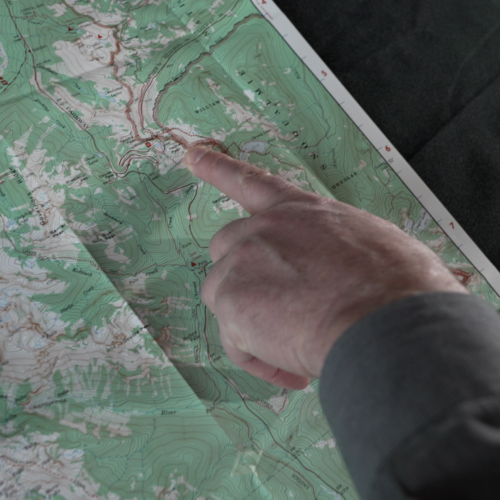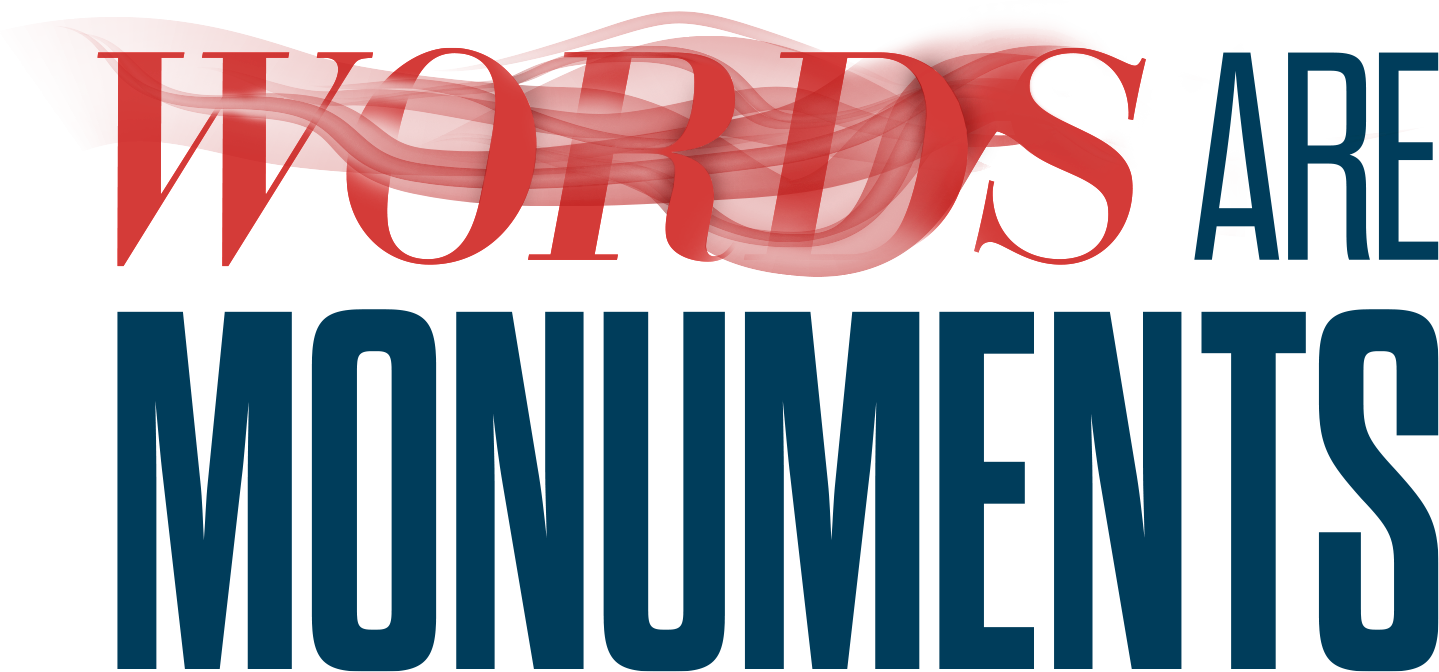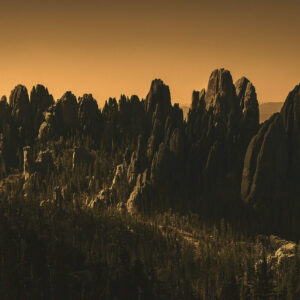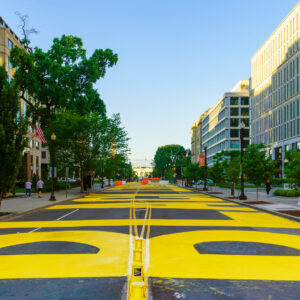
New study reveals system-scale problem of National Park place-names
Apr 6th, 2022Titled “Words Are Monuments”, a new a new scientific study presents findings from a quantitative analysis of National Park place-names. Results show that derogatory place-names are only the tip of the iceberg.
Read Post

